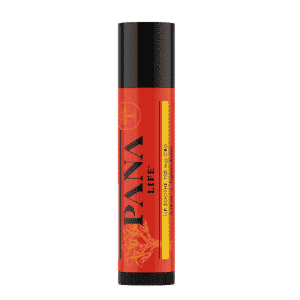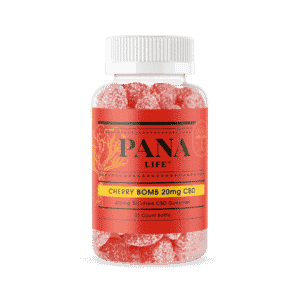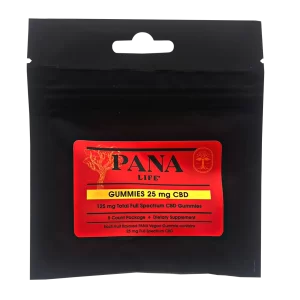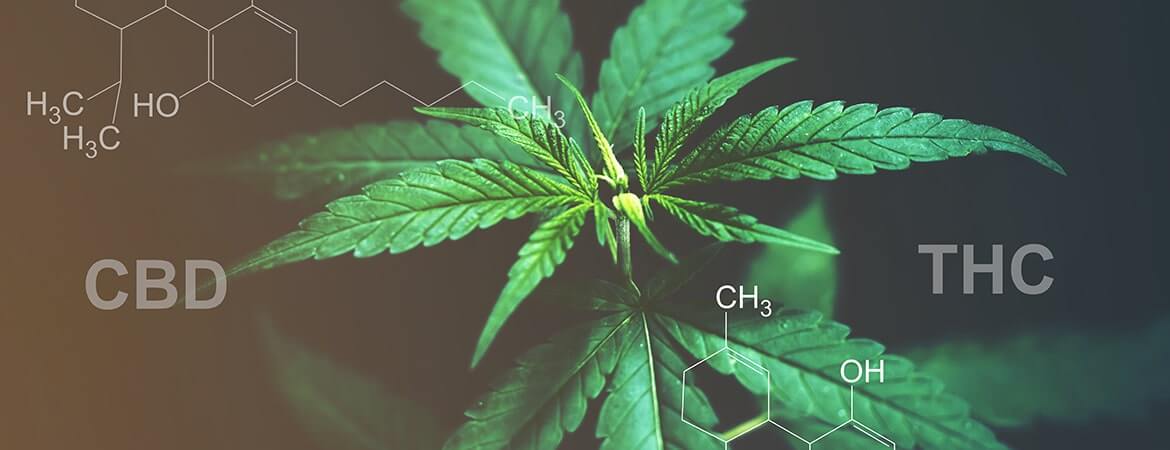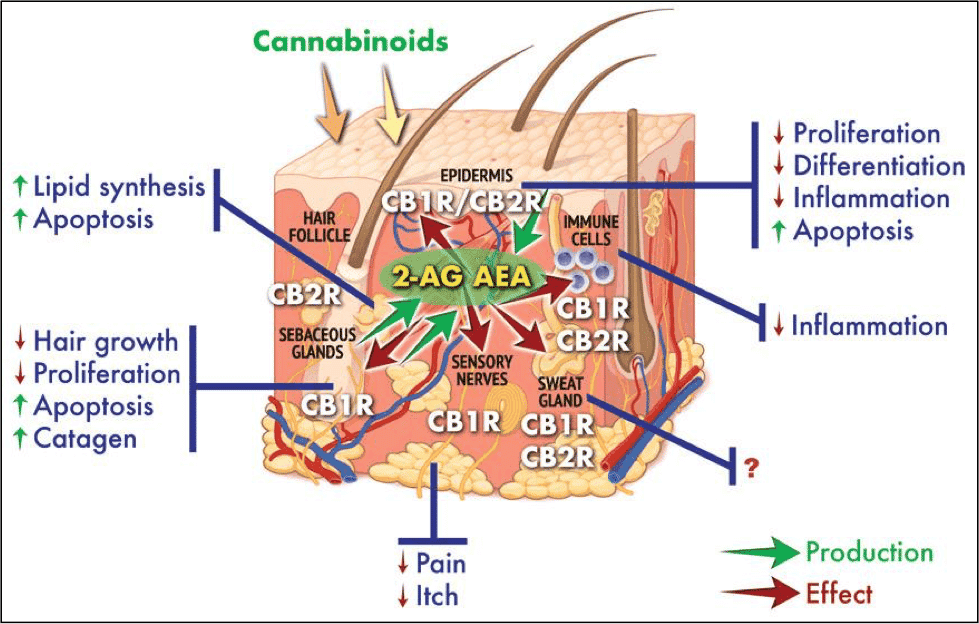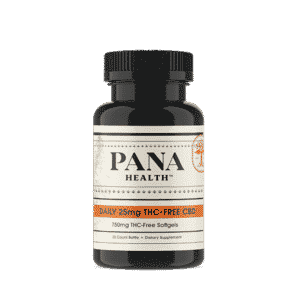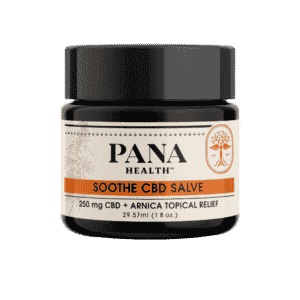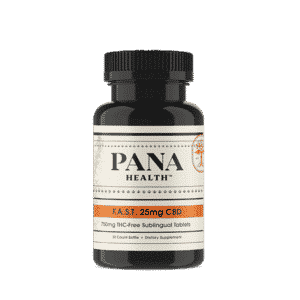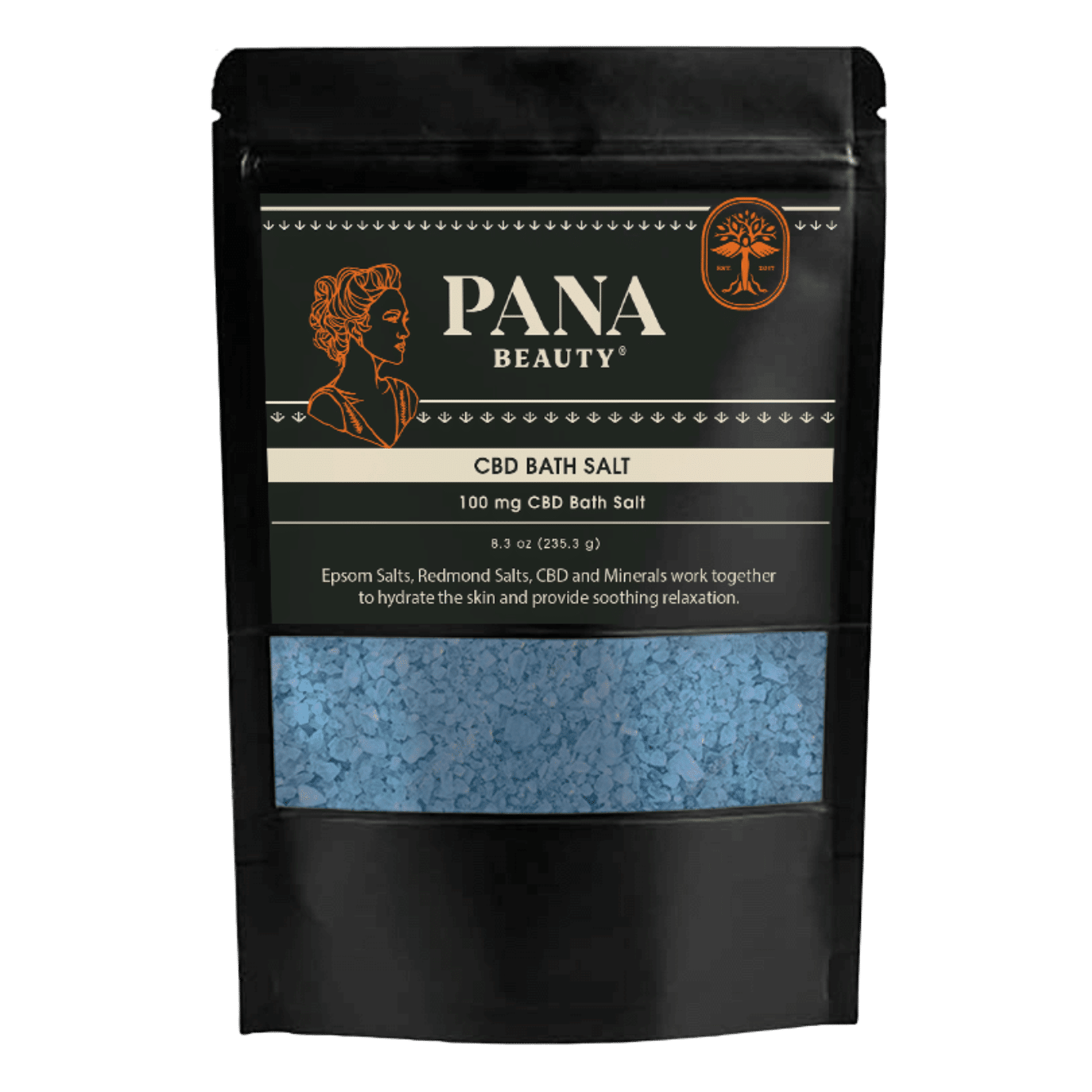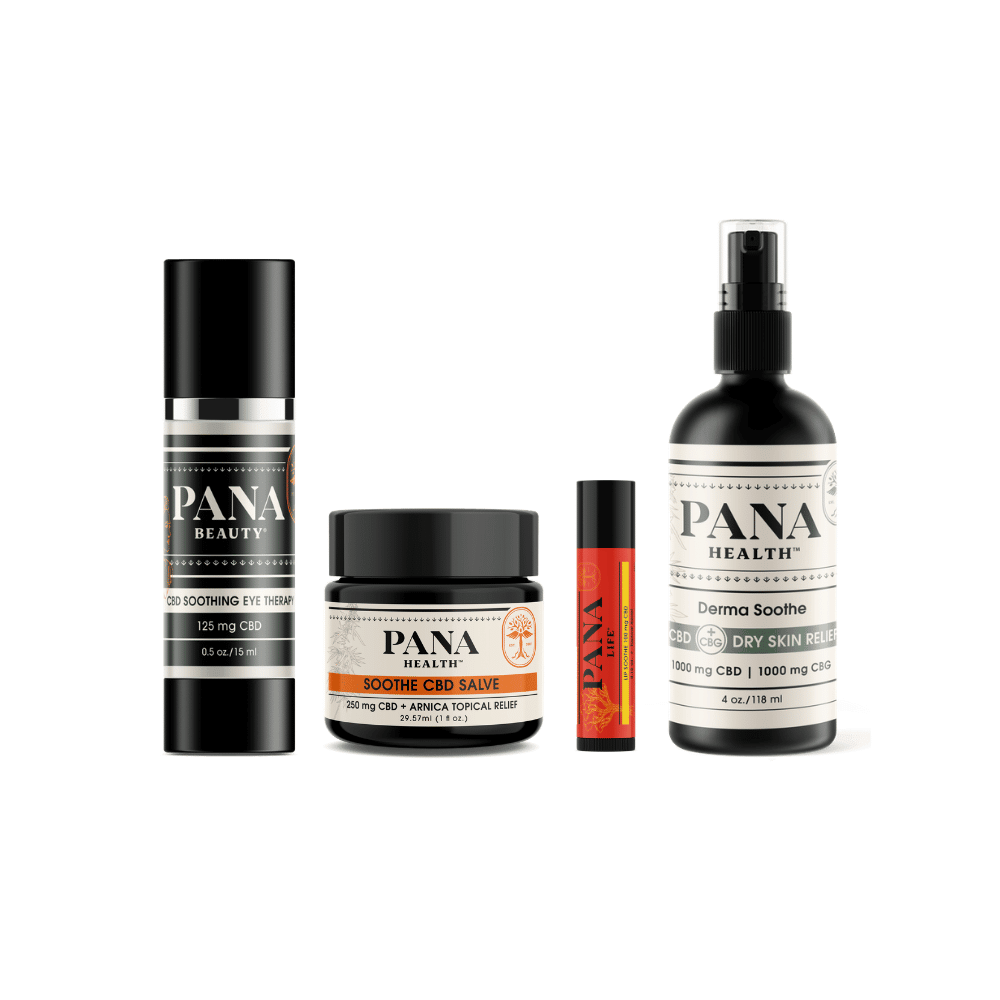What is full spectrum CBD?
You may have seen a wide range of terminologies while searching for cannabidiol (CBD). Isolate, full-spectrum CBD, broad-spectrum, pure spectrum, and many others. You are not the only one who gets confused about it.
The mentioned terms above refer to different cannabinoids and plant materials present in the oil derived Cannabis sativa plant. There is CBD isolate at one end of the ‘spectrum’ which is nothing but pure CBD. On the other hand, is full-spectrum CBD, containing several cannabinoids terpenes and flavonoids.
Let’s test the benefits of a full-spectrum CBD, so you can decide which is right.
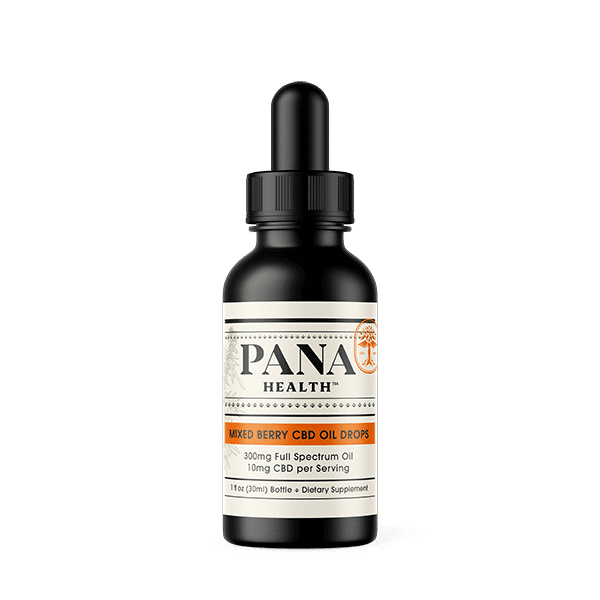
What does full spectrum CBD mean?
A product with full-spectrum CBD undergoes less processing than an isolate does. Manufacturers use dried hemp for cannabinoid extraction. These plant compounds are generally extracted using a process called supercritical CO2 extraction but there are other options of extraction companies use. The product is a full-spectrum CBD oil that includes all the cannabinoids provided by hemp.
For other goods, such as isolates or broad-spectrum, producers filter, and more thoroughly process the oil to get the desired cannabinoid-rich oil.
Here are some of the cannabinoids you can expect to find in a full-spectrum product:
Cannabidiol (CBD) – Without CBD, no CBD product will be complete! The most sought after of this non-psychoactive cannabinoid is for its wide variety of everyday uses.
Cannabigerol (CBG) – Another essential cannabinoid, CBG, is a precursor to other cannabinoids (such as CBD). It is an important compound, and research indicates that it may have its benefits. This is usually present in pure-spectrum oils in concentrations of less than 3%.
Cannabichromene (CBC) – CBC is another of the six cannabinoids with the most abundance in the hemp plant. However, you can usually find only small amounts of CBC in a full-spectrum product
Tetrahydrocannabivarin (THCV) – is a structural cousin to THC (no psychoactive activity) that is present in small quantities in full-spectrum products.
Some consumers have reservations about the fact that tetrahydrocannabinol (THC) is in full spectrum items. THC, the psychoactive cannabinoid, is present in industrial hemp only in concentrations of less than 0.3%. As a result, reputable producers must ensure that all CBD items in full-spectrum contain less than 0.3% THC.
A full-spectrum CBD product doesn’t have to be a tincture. It is also available as full spectrum capsules, gummies, and even full spectrum CBD vapes.
Advantages of a full spectrum CBD oil
CBD alone could offer particular benefits. This interacts with a biological system called the endocannabinoid system (ECS) and allows it to operate smoothly by both regulating physiological systems and to stimulate the production of endocannabinoid compounds. The role of the ECS is to maintain homeostasis, making it essential for a variety of purposes.
This effect can be accomplished using a CBD isolate. However, the entourage effect, where multiple components in hemp oil cooperate to create a stronger effect, indicates that full-spectrum goods may have an even more extensive array of benefits. Scientific work into additional cannabinoids is still preliminary. Scientists are not entirely sure what these other cannabinoids might do, but they support initial findings.
Terpenes are also provided beneficial health benefits, which are commonly used in aromatherapy. Certain terpenes may induce different biological effects. For instance, linalool is typically used to impact natural sleep patterns. As it is prevalent in lavender, those struggling to sleep are often advised to use the herb.
Through leaving the terpenes in a full spectrum CBD oil, additional to the phytocannabinoids, there is potential for patients to benefit from these compounds. Popular cannabis terpenes include caryophyllene, myrcene, humulene, pinene, limonene. Everyone has its own potentially beneficial effects.
All in all, full spectrum products are more effective only because of the entourage effect, which is when different compounds work together to create a stronger effect.



